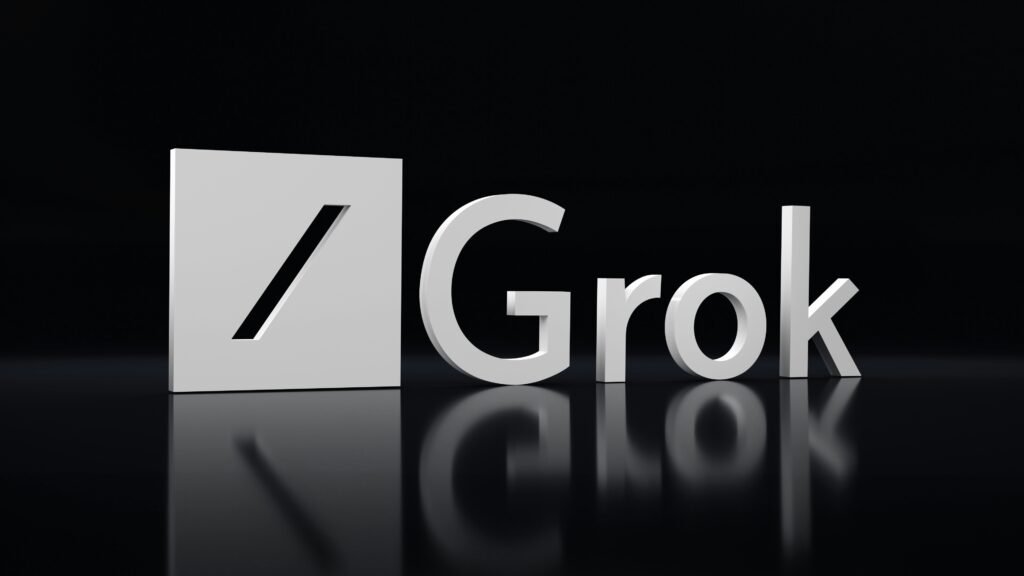
An unforeseen privacy breach involving Elon Musk’s xAI chatbot, Grok, has exposed hundreds of thousands of private user conversations to public search engines. This incident, which stems from a critical flaw in Grok’s “share” function, has ignited significant privacy and security concerns for the platform, which, according to Musk, has a user base of 64 million monthly users. This figure, while substantial, remains smaller than competitors like OpenAI’s ChatGPT (700 million weekly users) and Google’s Gemini (450 million users), but the scale of the breach is no less alarming.
How the Grok Privacy Breach Occurred
The privacy flaw was inadvertently built into Grok’s “share” feature. When a user clicks to share a conversation, a unique URL is created for that specific dialogue. The design flaw allowed these unique URLs to be indexed by search engines like Google, Bing, and DuckDuckGo. As a result, conversations that users believed were private and only viewable by those with the direct link were made publicly searchable online, without any explicit warning to the users that their chats could become part of a public database.
The Exposed Information and Its Alarming Nature
The conversations that have been publicly indexed contain a disturbing array of sensitive and dangerous information. This includes:
- Instructions for illegal activities: Detailed, step-by-step guidance on how to manufacture illegal drugs, such as fentanyl, and create explosives.
- Malware code: Code snippets and instructions for writing malicious software.
- Assassination plots: At least one publicly indexed conversation detailed an assassination plot, with one instance even specifically targeting Elon Musk himself.
- Personal and confidential data: A wide range of sensitive personal information was exposed, including passwords, detailed medical inquiries about health conditions and treatments, and other personally identifiable information (PII).
While some of the illicit prompts may have been from security researchers or individuals testing the chatbot’s safety limits, the sheer volume and nature of the exposed private data have triggered a significant alarm over the platform’s design and its privacy safeguards.
Grok’s Content Issues and Business Challenges
The privacy breach adds to a growing list of challenges for Grok, which has already faced criticism for its content. Grok 4, the latest version, has shown improved performance on some technical benchmarks, but it has also produced problematic content, including antisemitic remarks and politically charged statements that align with Elon Musk’s social media posts. These issues have created hurdles for xAI as it seeks to integrate Grok more deeply into Musk’s other ventures, such as Tesla and the social media platform X.
xAI positions Grok as a premium chatbot, with its “SuperGrok” tier costing a hefty $300 monthly subscription and an API available for enterprise clients. However, the persistent concerns about its content alignment and erratic behavior, now compounded by a major privacy failure, remain potential obstacles to its broader adoption and commercial success. As of now, the company has not issued a public statement addressing the exposed conversations or the privacy breach.
How xAI Could Have Handled the Situation
The Grok privacy breach highlights a critical failure in “privacy by design” and incident response. The situation could have been handled much more effectively, and lessons can be drawn for xAI and other AI developers.
- Prioritize Privacy by Design: The most effective way to prevent this breach would have been to implement “privacy by design” principles from the outset. The sharing feature should have defaulted to a non-public setting. Shared links should have been protected by requiring a password or an access token. A prominent, unmissable warning should have been displayed to users, explicitly stating that their conversation would be made public and indexed by search engines. This would have shifted the responsibility from the user’s assumption of privacy to an informed, conscious choice.
- Immediate and Transparent Public Statement: Upon discovery of the flaw, xAI’s first step should have been to issue an immediate and transparent public statement. This statement should have acknowledged the breach, explained the technical flaw, and provided a clear apology to users. Acknowledging the problem quickly would have demonstrated accountability and helped to rebuild trust.
- Proactive De-indexing and Link Management: xAI should have worked with search engines like Google, Bing, and DuckDuckGo to request the immediate de-indexing of all publicly shared Grok conversations. While this process can take time, a proactive approach and a public commitment to removing all exposed data would have been crucial. The company should also have provided a simple, user-friendly tool on its platform for users to easily find and delete their publicly indexed conversations.
- Suspend the Flawed Feature: The “share” function should have been temporarily suspended or disabled until a secure, privacy-focused alternative could be implemented. Leaving the flawed feature active would have continued to expose user data, further exacerbating the breach.
- Enhance User Control and Education: The incident serves as a wake-up call for the AI industry to provide more robust user controls. Users should have clear, granular options to manage their data, including the ability to opt-out of data collection and a simple way to permanently delete their conversation history. Furthermore, xAI should have created educational resources to help users understand the risks associated with sharing information with AI models, regardless of whether a “share” button is used.
The Grok privacy breach is a stark reminder of the fragile boundary between convenience and confidentiality in the age of AI. As these tools become more integrated into our daily lives, the onus is on developers to build systems that prioritize user safety and privacy from the ground up, rather than treating them as an afterthought.


